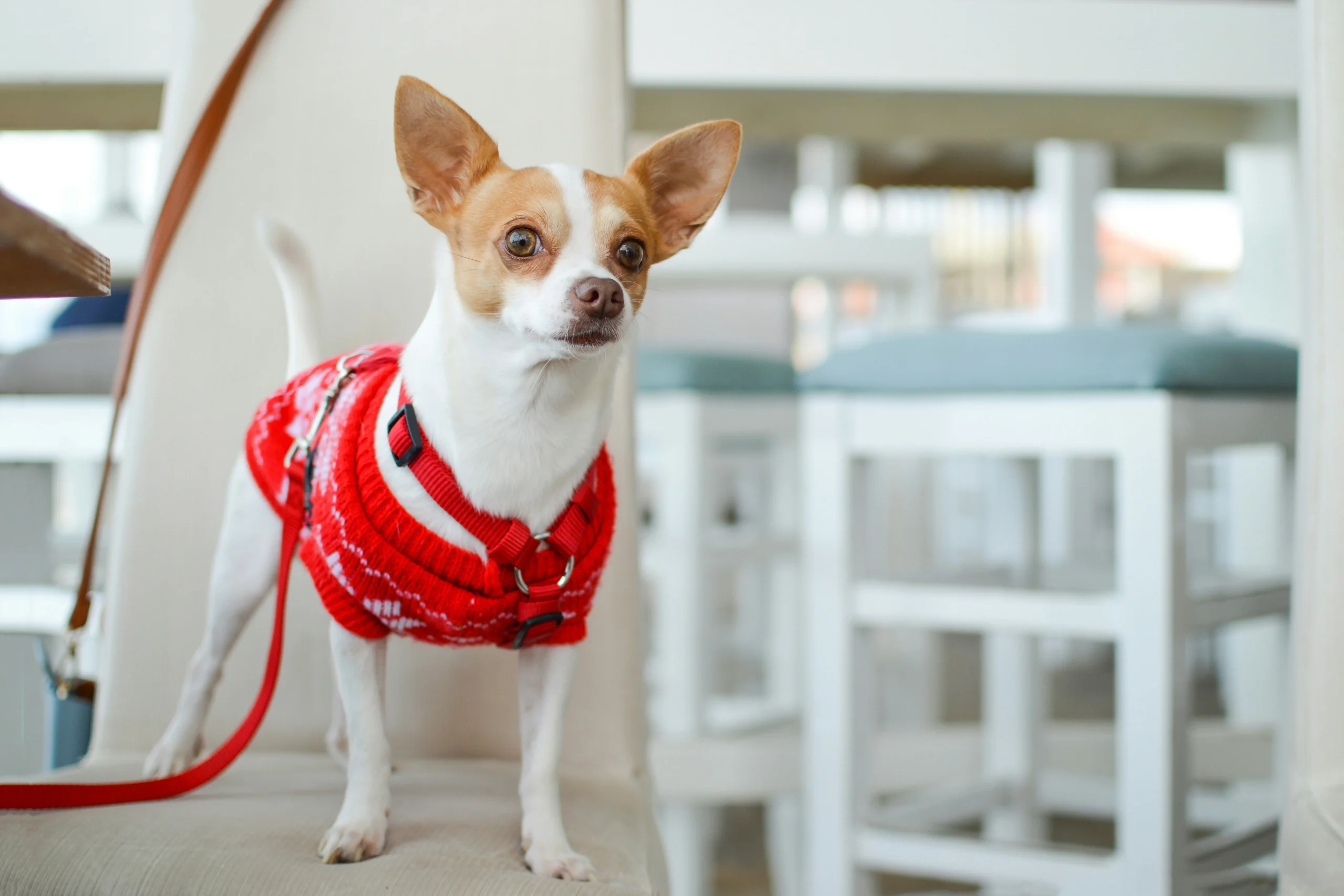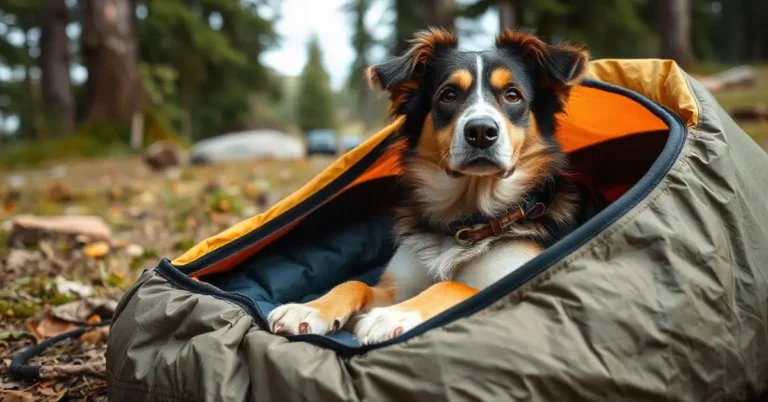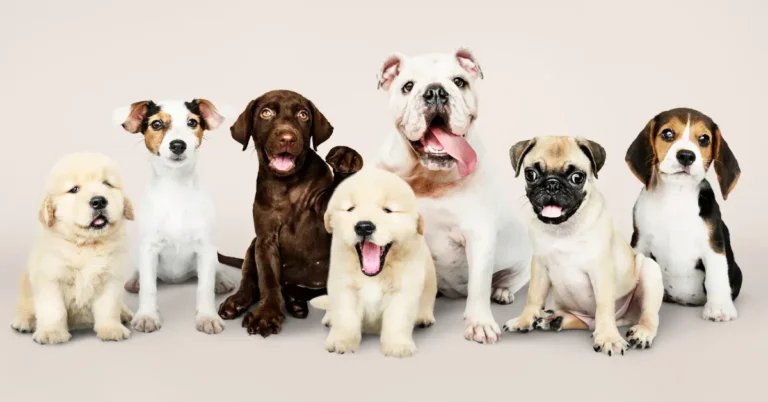Dog collars are more than just a stylish accessory for your furry friend. They serve vital functions in training, safety, identification, and more. While dog collars are a universal tool for dog owners, picking the right one is often not as simple as it seems. The perfect dog collar ensures your dog’s comfort, safety, and proper behavior, whether you’re taking a stroll around the neighborhood or training them in basic commands.
For first-time dog owners, the variety of dog collars available on the market can be overwhelming. From flat collars to martingales, each type is designed to serve a specific purpose. Knowing the unique features of each collar can help you make the best decision for your dog’s well-being.
Table of Contents
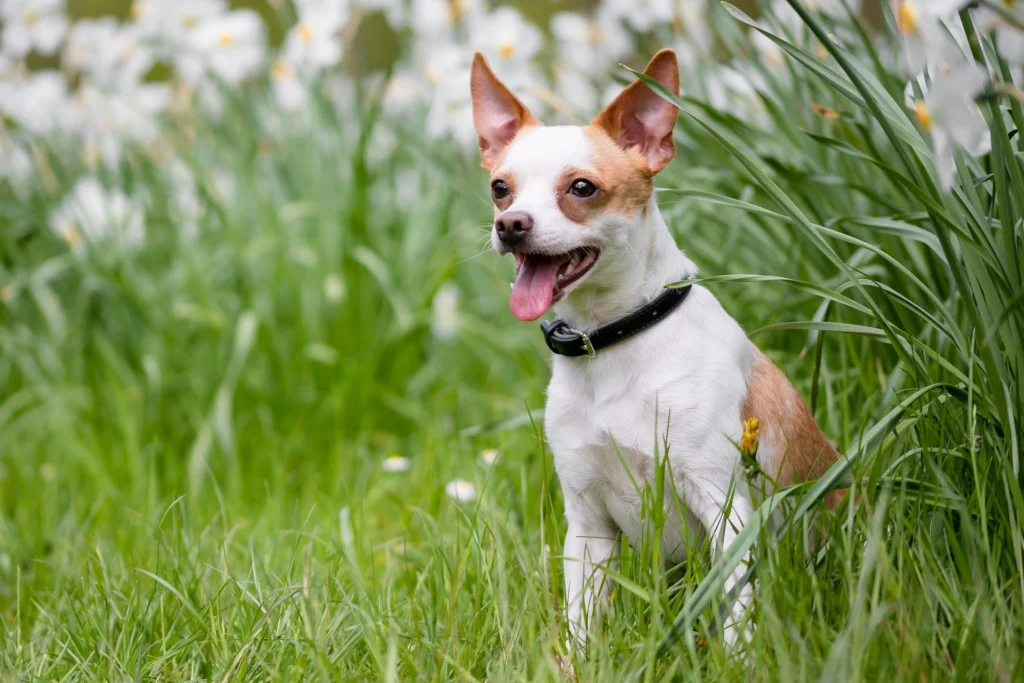
Factors That Influence Choosing the Best Dog Collars
When it comes to dog collars, one size does not fit all. Here are some key factors that should influence your decision:
Dog Breed and Neck Size
Some breeds have distinct neck sizes and body types, requiring specialized collars. For instance, a collar that works well for a Chihuahua may not be suitable for a Golden Retriever. Similarly, Greyhounds and Whippets, known for their slender necks, benefit from martingale collars that prevent slipping.
Activity Level
Dogs that are very active need more durable collars. If your dog frequently hikes, swims, or plays in rough terrain, you should invest in a waterproof and durable collar that can withstand outdoor activities. On the other hand, if your dog stays indoors most of the time, a simpler collar may suffice.
Age of the Dog
A puppy’s needs differ greatly from those of a senior dog. Puppies, with their rapidly growing bodies, need adjustable collars that can be expanded as they grow. You should also ensure that the material is lightweight and soft so it doesn’t irritate the puppy’s sensitive skin.
For older dogs, you may want a collar that’s easier to put on and take off, especially if the dog has mobility issues. Collars with quick-release buckles or easy adjustments can save you and your senior dog a lot of trouble.
Temperament and Behavior
Your dog’s temperament plays a huge role in choosing the right collar. For dogs that are energetic and tend to pull on the leash, martingale collars, prong collars, or even head collars may be the best options for training. Dogs that are calm and well-behaved can do just fine with standard flat collars.
Allergies and Skin Sensitivities
Some dogs are prone to skin irritations, especially from certain materials. If your dog has allergies, it’s essential to choose hypoallergenic collars, such as those made from organic cotton, hemp, or leather. Always check your dog’s neck regularly for any signs of irritation or discomfort, especially when introducing a new collar.
How to Measure for a Dog Collar
To ensure the perfect fit, you’ll need to measure your dog’s neck. Here’s a simple step-by-step guide to measuring your dog for a collar:
- Grab a flexible measuring tape: Alternatively, you can use a string and then measure it against a ruler.
- Wrap the tape around your dog’s neck: Place it where the collar would naturally sit, usually just below the base of the neck.
- Allow for breathing room: Be sure to leave enough room between the tape and your dog’s neck—usually two fingers’ width.
- Check the collar size chart: Every collar brand has its own sizing chart. Match your dog’s neck measurement to the brand’s specific chart to find the correct size.
Once you have the correct size, it’s important to monitor your dog’s collar fit regularly. Puppies grow quickly, and even adult dogs can experience weight changes that might necessitate a different collar size. A too-tight collar can cause chafing or even restrict breathing, while a too-loose collar might slip off during a walk.
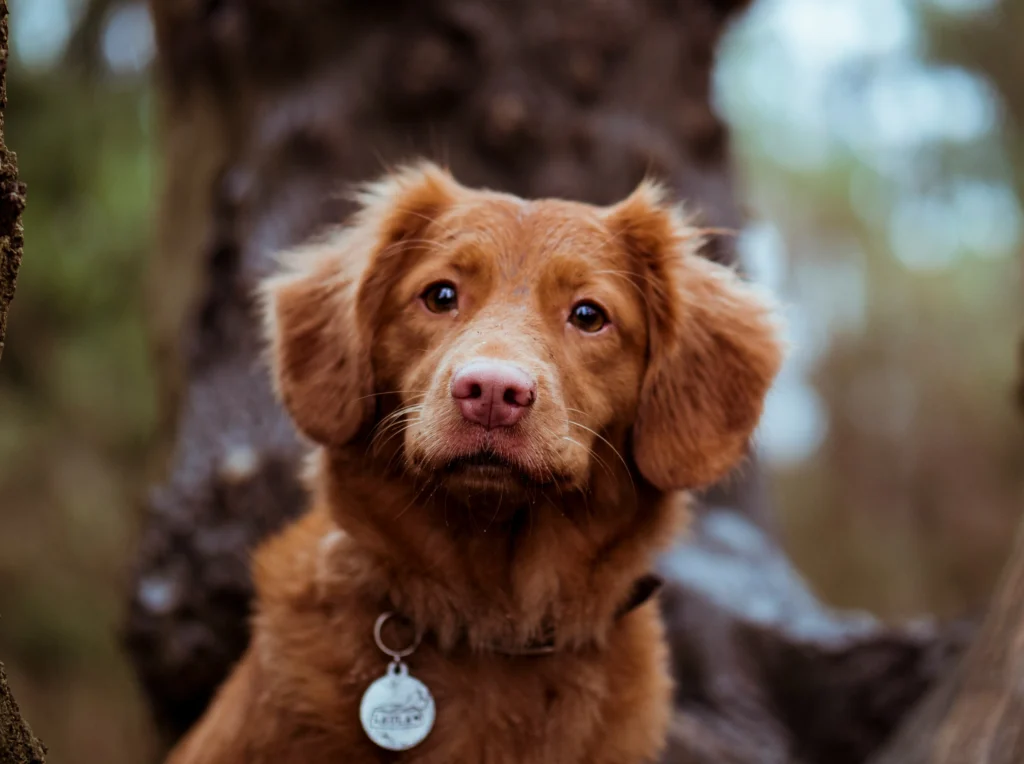
Safety Considerations for Dog Collars
When buying a collar, safety should be one of your top priorities. Some collars offer features that can enhance your dog’s safety, particularly during outdoor activities.
Breakaway Collars
Breakaway collars are designed to release when significant pressure is applied. These collars are excellent for preventing choking hazards if your dog gets tangled or stuck on something. However, they are not ideal for leash walking, as the collar will release when your dog pulls. Consider using breakaway collars for unsupervised playtime but switching to a standard collar for walks.
Reflective or Light-Up Collars
Reflective collars or those with LED lights are great for night-time walks. These collars make your dog more visible to passing cars, cyclists, and pedestrians. If you frequently walk your dog in the early morning or late evening, investing in a collar with reflective strips or built-in lights is a smart decision.
GPS Tracking Collars
For owners with particularly adventurous dogs, GPS tracking collars are a game-changer. These collars sync with your phone and provide real-time location updates on your pet. This feature is especially useful for off-leash activities, camping trips, or if your dog has a tendency to wander.
Collars and Tags: A Safety Essential
Even though your dog may be microchipped, having an ID tag on their collar is still crucial. ID tags provide immediate identification in case your dog gets lost. The tag should include your dog’s name, your phone number, and any critical medical information.
Additionally, some dog collars come with built-in nameplates, which are a permanent alternative to traditional hanging tags. These nameplates are engraved with your contact information, ensuring it stays in place even if your dog’s ID tag falls off.
Training Collars: When and How to Use Them
Training collars are specialized collars designed to help correct your dog’s behavior. These are generally not for everyday use and should be used carefully to avoid injury or stress to your dog.
Prong Collars for Correction
Prong collars, despite their intimidating appearance, are designed to apply even pressure around your dog’s neck, mimicking the sensation of a mother dog’s bite. They are commonly used to curb pulling and jumping behaviors. However, these collars should be used under the guidance of a professional trainer, as improper use can lead to injury.
Martingale Collars for Gentle Control
Martingale collars are great for dogs that pull but need a gentler solution than prong collars. They tighten slightly when the dog pulls, giving the owner more control without choking the dog. Martingale collars are a popular option for breeds like Greyhounds and Whippets due to their neck structure.

The Role of Dog Collars in Behavioral Training
Training your dog to walk politely on a leash is crucial for both your dog’s safety and your own sanity. Dog collars can play an essential role in training your dog to follow commands and not pull while walking.
Start by attaching a leash to your dog’s collar and rewarding them for good behavior during walks. Some dogs might resist wearing a collar at first, but with positive reinforcement, they’ll learn to associate the collar with good things, like walks and treats.
If your dog continues to pull on the leash, consider using a training collar like a martingale or head collar. These collars can gently discourage pulling by providing controlled pressure around the neck or muzzle. However, never yank or pull sharply on the leash, as this can cause discomfort or injury.
Customizing Your Dog’s Collar: Making It Unique
Many dog owners enjoy adding a personal touch to their dog’s collar. Customized collars are a fun way to showcase your dog’s personality. You can personalize your dog’s collar with:
- Engraved Nameplates: Some collars come with a built-in nameplate where you can engrave your dog’s name and contact information. This is a more permanent and secure option than traditional ID tags, which can fall off or become lost.
- Decorative Elements: From rhinestones to embroidered designs, many collars allow for customization that reflects your dog’s personality. Whether your dog is laid-back or energetic, you can find a design that suits their vibe.
- Matching Leashes: For a coordinated look, choose a collar and leash set. These matching sets are available in a wide variety of colors and materials, making walks both stylish and practical.
Dog Collar Recommendations
If you’re ready to purchase a new dog collar, we’ve rounded up some excellent recommendations that cater to different needs and preferences:
- Adjustable Nylon Dog Collar – A classic, budget-friendly option perfect for everyday use. Available in various colors and sizes.
View on AliExpress - Reflective Dog Collar with Quick Release Buckle – Ideal for nighttime walks, this collar ensures your dog stays visible and safe.
View on AliExpress - Leather Dog Collar with Engraved Nameplate – For a touch of elegance, this personalized collar offers durability and style.
View on AliExpress - Martingale Dog Collar for Training – A gentle but effective option for training dogs who tend to pull.
View on AliExpress - Waterproof Dog Collar for Outdoor Adventures – Perfect for active dogs that love to swim or play in the mud, this collar is easy to clean and highly durable.
View on AliExpress
Related Products: Beds and Crates
A well-fitted dog collar is just one aspect of ensuring your dog’s comfort and safety. When choosing accessories for your pet, it’s also important to consider where they sleep and how they travel. For advice on selecting the right dog beds and crates, check out these articles:
- Must-Know Tips to Choose the Best Dog Beds: A comfortable bed is crucial for your dog’s health and happiness. Learn what to look for when selecting the perfect dog bed for your furry friend.
- How to Choose the Best Dog Crate for Your Dog: Dog crates offer a safe and comfortable space for your dog, whether for travel or home use. Find out how to pick the right crate for your dog’s needs.
Conclusion
Dog collars are a vital tool in ensuring your dog’s safety, comfort, and behavior. By considering your dog’s breed, age, and activity level, you can find a collar that fits well and serves its purpose. Whether you’re looking for a collar for training, walking, or everyday use, the right choice will enhance your dog’s quality of life and strengthen your bond with them. Be sure to regularly check the collar for signs of wear and replace it when necessary, ensuring your dog remains safe and stylish at all times.
With the variety of dog collars available today, there’s a perfect fit for every dog. By paying attention to materials, size, and special features, you’ll be well on your way to selecting a collar that meets your dog’s needs.

